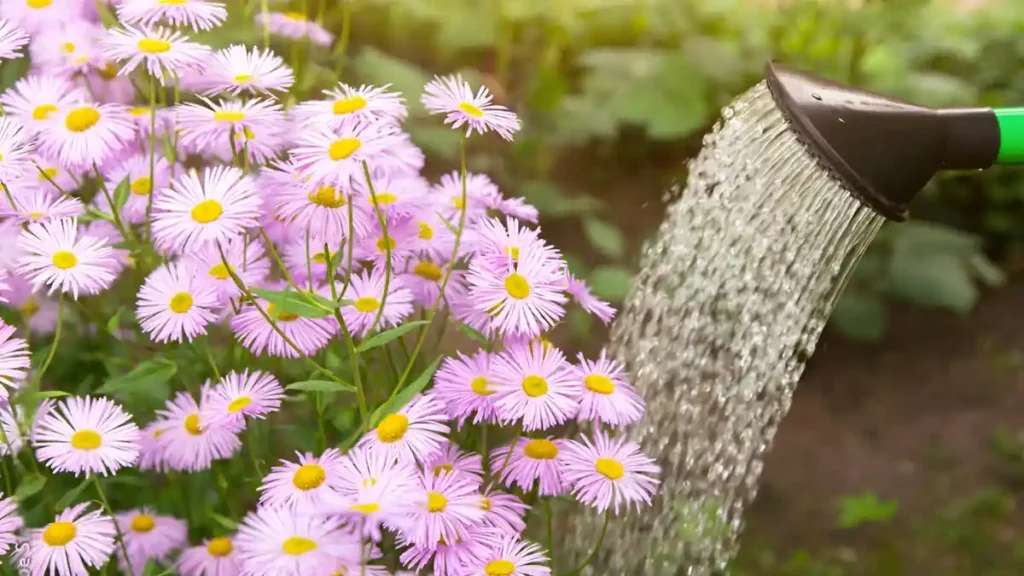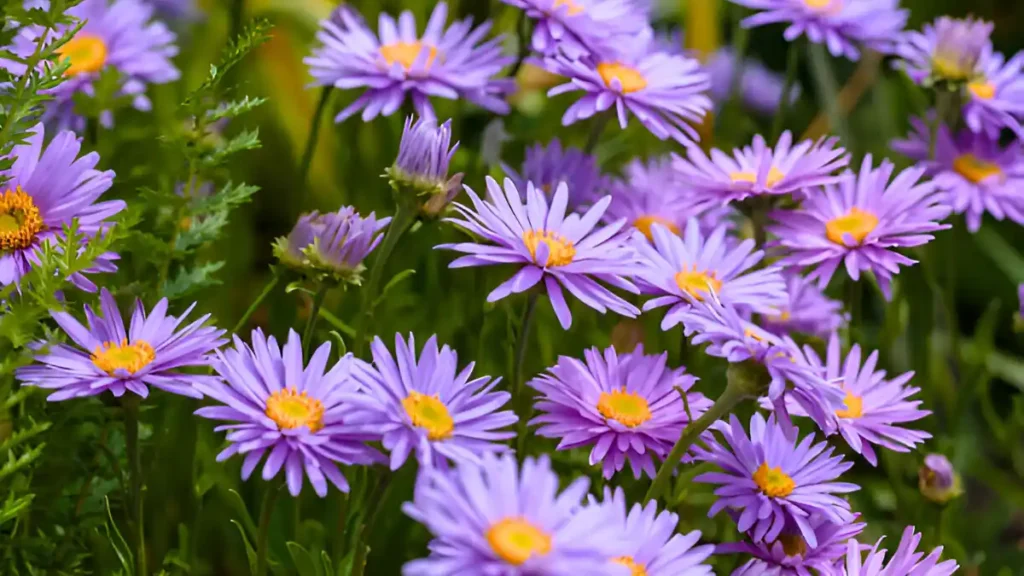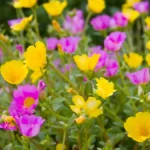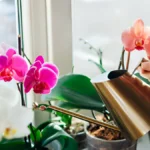One of the most charming and adaptable flowers you can plant in your garden is asters. Star-shaped blooming plants that are popular in gardens and landscapes are asters, which are known for their multicolored blooms in shades of purple, blue, white, and pink. Although there are over 600 species of asters, the New England and New York asters are the two that are most frequently found in home gardens. Most asters in Europe and Asia are currently covered with asteroids. There is a significant discussion here about designing an aster garden.
So let’s be taught how to plant asters:
- Find out the appropriate place
Light Asters thrive in full sun. This implies that the plants need to be exposed to direct sunshine for at least 6 to 8 hours every day. Asters can withstand little shade, but they prefer full sun and well-drained soil.
- Remediation of soil:
Loam soil with good drainage is ideal for aster growth. To prevent losing the plants to root rot, make sure the soil in which they are placed drains properly. The pH of your soil can be tested, and if needed, amended. For better drainage and fertility, mix compost or well-rotted manure into the soil.
- Planting aster:
Asters can be planted in the fall, at least six weeks before the first frost, or in the spring following the final frost. To replicate winter dormancy, if you are sowing seeds, plant them in pots or flats one inch deep, and then chill them for four to six weeks. For cool, weed-free soil, give your plants plenty of water and mulch them around.
Let’s learn how to grow asters:
- Growth Pattern:
The height and width of asters vary, with some growing up to 6 feet tall and 1 to 4 feet broad. Plants have smooth or hairy leaves, and daisy-like flowers, and grow bushy and upright.
- Securing:
To prevent tall asters, like New England asters, from toppling over in the fall, stake or cage the plant in the middle of summer.
Caring for asters:
- Watering:
During their initial growth season, new aster plantings require constant hydration; however, once established, they can withstand rather dry circumstances. Adequately water young plants. Ensure that the soil is consistently damp but not soggy. To prevent disease-causing wetness of the leaves, water the base of the plants.

- Fertilizing:
When planting time comes, work a balanced fertilizer into the soil. During the growing season, feed asters every four to six weeks with a balanced liquid fertilizer. Pick a slow-release, balanced feed. Add ½ cup of an organic balanced fertilizer in the spring each year, along with compost.
- Pruning and Deadheading:
The species of aster determines the best time and method for pruning. Nonetheless, routine deadheading of wasted flowers is beneficial for most varieties. Pruning is not necessary for asters. Pinching the tops in early June in the North and late June in the South, however, will keep the taller kinds short and bushy. Don’t clip new growth beyond early July, or you’ll be removing flower buds in the fall.
- Propagation of aster:
The majority of asters that are openly pollinated are simple to start from seed. For planting in the early summer, root short stem cuttings in late spring. To avoid crowding and revitalize the plants, divide asters in the spring every two to three years.
- Humidity & Temperature:
Aster blooms exhibit temperature tolerance throughout a broad spectrum. Most species can survive even the hottest summer temperatures when they are in an optimal moisture and humidity balance. Although these plants rarely suffer from cold within their hardiness range, they might gain additional protection over the winter.
- Major pests and plant diseases:
Unpleasant insects including aphids, mites, Japanese beetles, and thrips may also infrequently visit asters. Look out for lace bugs, spider mites, and aphids. If infestations happen, use neem oil or insecticidal soap. Additionally, appropriate spacing, watering methods, and general garden hygiene will help avoid them.
Conclusion:
Overall, asters are adaptable and comparatively low-maintenance plants that, with their vivid blooms, can improve the garden. Gardeners like growing asters because they add a beautiful and colorful pop of color to the garden, especially in the late summer and early fall. Annually, gardeners can relish a breathtaking display of asters if they provide the proper growing conditions and care. If you follow all of the methods outlined above, you should be able to successfully cultivate asters in your garden.
Certainly! If you’d like to learn more, please consider following our WhatsApp Channel: Harvest Gardening
A frequently asked questions:
Q1. How to grow aster from seed?
A1. Aster can be grown from seed by planting the seeds 1/8 inch deep in well-draining soil, keeping the soil moist, and placing the seeds in a sunny spot. Germination takes 7 to 14 days.
Q2. When do asters bloom?
A2. Generally between August and October, asters bloom in late summer and early fall. The particular type and the growth environment may cause this to change somewhat.
Q3. Are asters perennials?
A3. Asters are indeed perennials. They blossom in late summer and early fall and come back every year.
Q4: What are the most common types of asters?
A4: Heath asters (Symphyotrichum ericoides), New York asters (Symphyotrichum novi-belgii), and New England asters (Symphyotrichum novae-angliae) are the three most popular varieties of asters.



